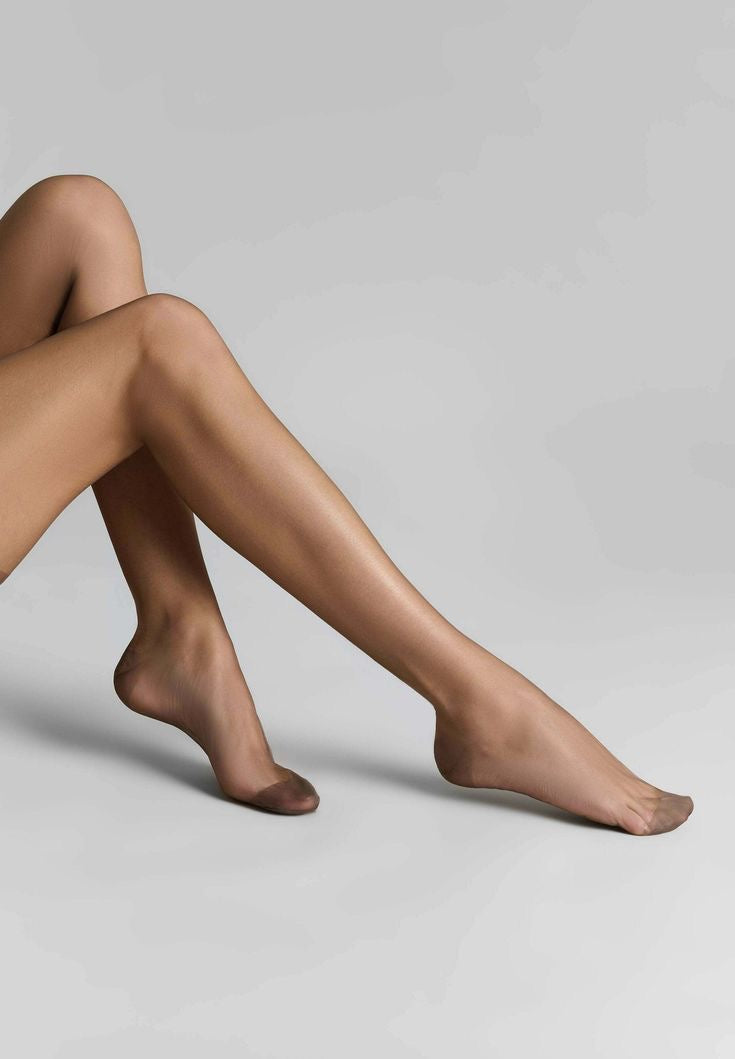
How to Choose the Right Tights - Denier
Share
While shopping for certain types of clothing or fabric, you’ve probably come across the term “denier” or seen a number like “30d” on the label. So what does it mean?

1. What does “denier / D” mean?
“Denier” originates from the Latin word “Denarius”, which is an ancient Roman currency. Essentially, denier refers to the thickness of the individual fibers which make up the threads of a fabric. How does that affect the fabric? Let’s dig a little deeper.

Fabric is comprised of individual threads, which are themselves made up of fibers. And denier is actually a weight measurement. For any fiber, take 9000 meters (or 9 kilometers) of it and measure its weight in grams. For example, we have a fiber of cotton. 9 kilometers of this fiber weighs 1 gram. So the fabric has a denier of 1, or 1d. Lower denier means thinner and less durable. Therefore, denier is usually used to refer to the thickness of threads.

2. How to choose the right denier?
- Below 15D: Summer tights, which are cool, thin, ultra-sheer or see-through and very breathable. They feel very comfortable to wear, but their durability is relatively poor. Though they are thin and sheer, you can still feel much warm and saved with them in air-conditioned room.
- 15-20D: Spring and autumn sheer tights, recommended at 20℃-25℃ temperature. Their durability and strength are much higher than summer tights.
- 20-40D: Spring and autumn translucent tights, suitable for slightly cold weather between 10℃ and 20℃.
- 40-70D: Autumn and winter opaque tights, suitable for late autumn and winter seasons between 5℃ and 15℃. They can achieve better thermal insulation effect while maintaining slight transparency. They are suitable for wearing in winter when the weather is not too cold.
- 70D or above: Winter thermal tights, suitable for weather between 0℃ and 5℃. If you are not afraid of the cold in winter, choose 70D. If you are afraid of coldness, choose 120D, 150D, 200D, 300D or above.
3. What do different denier tights look like?






